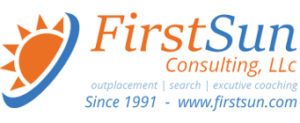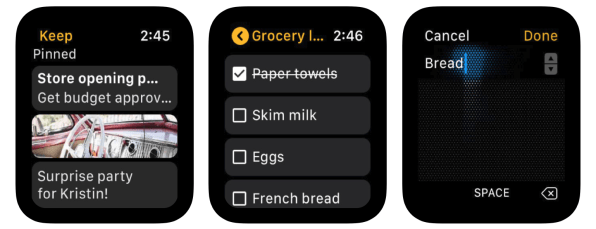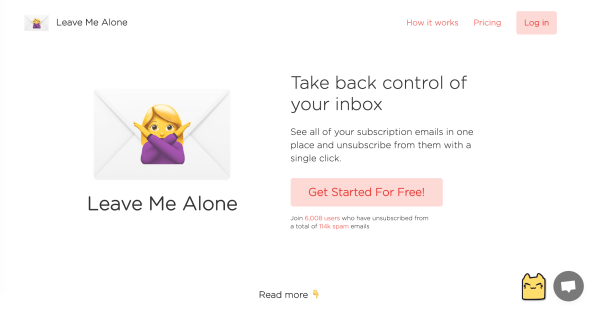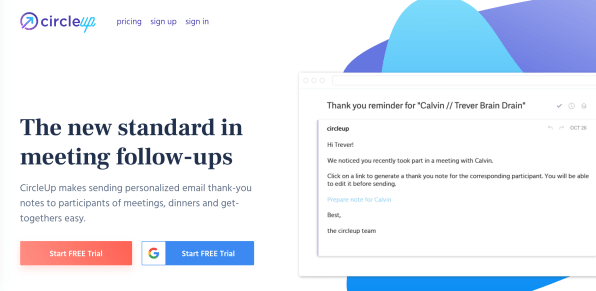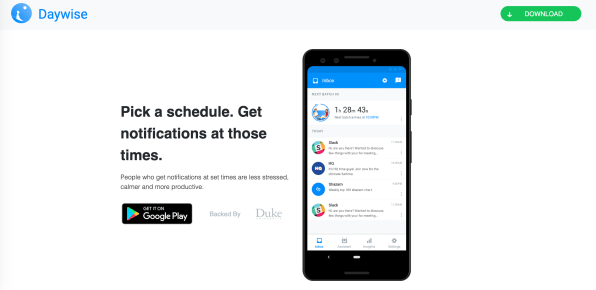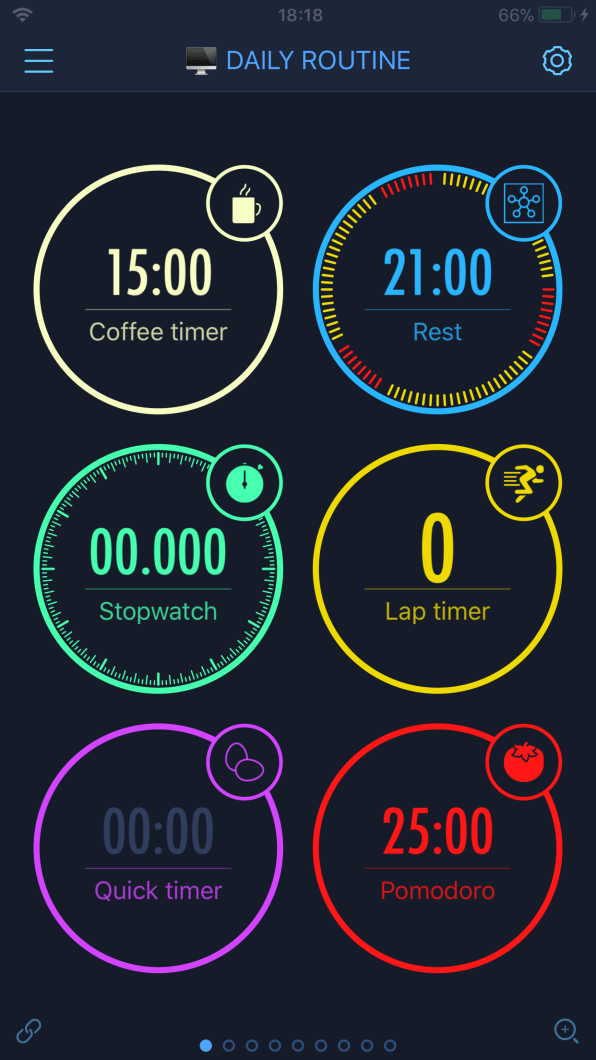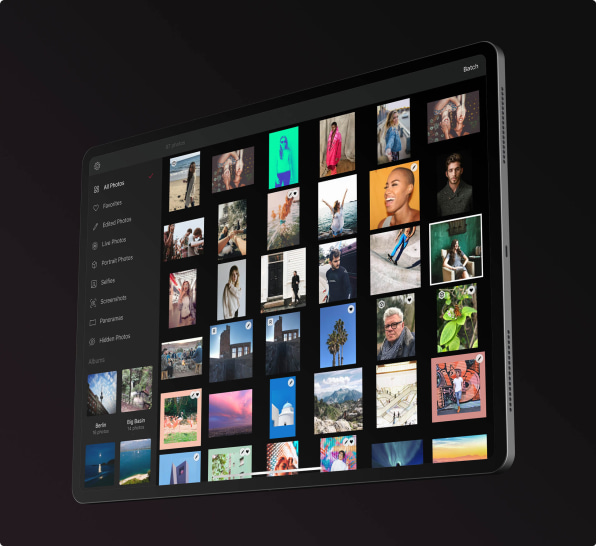#BestofFSCBlog : #InterviewingQuestions -How to Answer: What Are Your Strengths and Weaknesses? Bonus: Complete List of Other Questions Asked! A Must Read!
Job interviews can get surprisingly intimate. You’ve only met the interviewer 10 minutes ago, and all of a sudden they’re hitting you with a very deep set of questions: What are your greatest strengths? What are your weaknesses? These questions can take enormous powers of self-reflection to give an honest answer to. Rather than making your interviewer sit silently while you parse out what your greatest weakness is and how it’s impacted your career, it’s better to think of answers to these types of questions beforehand.
In this guide, we’ll show you how to identify your strengths and weaknesses, how to frame them in a clear, compelling narrative and what common pitfalls to avoid. You may even learn some new things about yourself along the way!
GUIDE OVERVIEW
- What Is the “Strengths and Weaknesses” Question?
- Determining Your Strengths
- Determining Your Weaknesses
- How to Weave a Story
- What to Avoid
- Learn More!
What Is the “Strengths and Weaknesses” Question?
You’ll almost always hear these questions in one form or another during a job interview.
Employers want to hear in your own words why you’re a good fit for the job and for the company. They might want to assess what potential issues there could be, too. It’s a chance for them to assess your capacity to be self-reflective.
Whether the question you’re asked is “what attributes will make you shine in this role?” or “what areas of your approach to work are you looking to improve?”, taking a hard look at your strengths and weaknesses — and learning how to communicate them effectively in a professional setting — will be invaluable for your next interview.
Like this Article ? Share It ! You now can easily enjoy/follow/share Today our Award Winning Articles/Blogs with Now Over 2.5 Million Growing Participates Worldwide in our various Social Media formats below:
FSC LinkedIn Network: www.linkedin.com/in/fscnetwork
Facebook: http://www.facebook.com/pages/First-Sun-Consulting-LLC-Outplacement-Services/213542315355343?sk=wall
Google+: https://plus.google.com/115673713231115398101/posts?hl=en
Twitter: Follow us @ firstsunllc
Question: Want the ‘the best/current articles/blogs on the web’ on Job Search, Resume, Advancing/Changing your Career, or simply Managing People?
Answer: Simply go to our FSC Career Blog below & type(#career, #leadership, #life) in Blog Search: https://www.firstsun.com/fsc-career-blog/
What Skill Sets do You have to be ‘Sharpened’ ?
Continue of article:
Determining Your Strengths
Generally, you’ll focus on your soft skills as strengths — there are other ways for interviewers and recruiters to glean hard skills, whether it’s through take-home assignments, a coding interview or examples of your past work. But with soft skills, you have to tell them the story.
“Don’t feel that your response needs to match what you said your manager and colleagues think of you,” said Sharlyn Lauby, president of consulting firm ITM Group Inc and founder of HR Bartender, to Glassdoor. “It’s perfectly natural to say, ‘One skill I haven’t been able to use much in my current role is [fusion_builder_container hundred_percent=”yes” overflow=”visible”][fusion_builder_row][fusion_builder_column type=”1_1″ background_position=”left top” background_color=”” border_size=”” border_color=”” border_style=”solid” spacing=”yes” background_image=”” background_repeat=”no-repeat” padding=”” margin_top=”0px” margin_bottom=”0px” class=”” id=”” animation_type=”” animation_speed=”0.3″ animation_direction=”left” hide_on_mobile=”no” center_content=”no” min_height=”none”][insert skill]. I hope to use it more in the role we’re discussing.’”
Here are some examples of strengths. Which ones do you identify with? Can you think of more that have helped you shine in your career?
- Good communicator
- Team player
- Time management abilities
- Conflict resolution
- Ability to perform under pressure
Depending on the job, you might also choose to include hard skills in your strengths, citing your ability to code in a variety of languages, your knowledge of a foreign language or your experience as a copy editor as examples of why you would be a strong candidate for the job.
Determining Your Weaknesses
Determining our strengths is generally easier; it’s fun to reflect on and celebrate our successes. But what about the areas where we struggle? Do you ever set aside the time to take a look in the mirror to see where you are letting others — and yourself — down, and how you can improve?
“Employers expect candidates to have weaknesses… so you are better served by answering the question frankly. A candid answer will show your prospective employer your growth-mindset and will demonstrate a sense of self-awareness and honesty,” writes Jeevan Balani, Founder and CEO of Rocket Interview and frequent Glassdoor contributor.
Here are some examples of common career weaknesses. Can you identify with any of them? If so, what have you done to improve these weaknesses?
- Wanting to control too many aspects of a situation
- Procrastination
- Inability to self-regulate, leading to burnout
- Disorganized
- Impatient
Again, you might choose to highlight some hard skills that are a weakness for you too, for example not being good with math, not being versed in a particular type of software or having trouble spelling — but only if it’s non-essential to the role.
How to Weave a Story
Now that you’ve got a solid list of your strengths and weaknesses, is it enough just to list them out when you’re asked during a job interview? Absolutely not! Backing up each strength or weakness with a relevant anecdote is critical to giving the interviewer the full picture of why you excel in one area, or what areas you’re working to get better in.
As an exercise to prepare, for every strength on your list, write down a story that showcases how you effectively used that strength to accomplish something in your career. For every weakness, write down a story about how that weakness had (or could have had) a negative repercussion in your career — then write what you learned from it, and what you’re actively doing to improve it.
Especially when answering about your weaknesses, framing is critical. You don’t want to make it seem like your flaws are immutable, or worse, incriminate yourself. You also don’t want to turn your weakness into a humblebrag, like “it’s hard for others to keep up with me because I think so fast.” So striking a reflective tone is key, which you can do by highlighting what you have learned about your weakness, and what you are doing to improve it.
On a more general note, try to match your strengths to the job description. It’s great if you’re a pro at skill X, but the job requires skills A, B and C, then your expertise in skill X might not be relevant. Similarly, keep the job description in mind when you share your weaknesses. If you’re applying for a job in copy editing, it’s probably not a good idea to say that your weakness is spelling.
Also, research on the company’s culture can help you decide which strengths and weaknesses to highlight, and how. If the company is known to be fast-paced and dynamic, you might want to highlight your strength in juggling many projects at once or your ability to pivot quickly to new tasks. But also be honest — if you find during your research that the company culture doesn’t seem like a good fit for you, then you might want to take a step back and reconsider, rather than trying to squeeze yourself into a mold that doesn’t quite fit.
Here are some example anecdotes for the strengths and weakness we defined above:
Strengths
- I work well in teams. When my division reorganized and I was put on a team with people from different backgrounds and experience levels without a clear hierarchy, there was a lot of friction. I organized regular bonding sessions for our team that helped break down some boundaries in the office. I also took it upon myself to take some of the more cumbersome tasks that others didn’t want to do. When I left, a number of people on the team thanked me for the diplomacy and harmony I fostered in our work environment.
- I’m good at time management. When I worked as a marketing manager, I had to schedule the release of promotional materials, get materials ready for a launch date and time when to stoke interest in my company’s products before their release. I would make detailed calendars with every step of a campaign before embarking, which included estimating time and making due dates for even the smallest of tasks. It was this ability that led to the success of the XYZ product launch, the most intensive project I worked on while at the company.
- I perform well under pressure. When I worked as a consultant, I often had to give presentations to high-level executives at the company we were consulting at a day’s notice or less. I had to quickly learn how to speak confidently and fluently about material I had only drawn up the day before. Sometimes I would be interrupted and challenged, and I had to stand my ground, explain myself clearly and keep my cool. I believe that skill will make me a good fit in this role as a spokesperson.
Weaknesses
- I have a tendency to procrastinate. This really came to a head when I was working on a big project, and overestimated the amount of work I could do at the last second. I ended up narrowly making the deadline, but it caused my team and my manager a lot of stress. After that, I started learning more about time management from my mentors at work, and I’ve started making detailed schedules weeks — and even months — ahead. I’m still working to create accurate timelines that I can easily follow, but I am heartened because I’ve found that it actually puts me at ease to work with a schedule.
- I can be impatient, and this has caused me to sometimes micromanage my employees. I used to hound employees in advances of deadlines, because I was afraid if I didn’t, they wouldn’t turn in the work on time. I now see it cause a lot of stress for my employees, and I’m working to trust that they will get things in on time. So far, not a single deadline has been missed!
- I have had a tendency to work until I reach burnout. After a while, I started noticing a pattern in my career that I would work very hard on projects, staying up all night to finish them in advance of deadlines, and making it a goal for myself to be the first one in the office every morning and the last one to leave. Ultimately, this was unsustainable, and after a big project I would often crash, and either become sick and have to miss work, or be lethargic while I was there. I’m now learning how to impose healthy limits on myself and to stick to a doable schedule so that I don’t risk burning out like that again.
What to Avoid
Told right, your answer to this question can inspire the interviewer and give them an intimate picture into how you work. It can help them assess whether your strengths and weakness will make you the right fit for your job, if your disposition will be a good fit with the team you’re working on and if you’ll fit into the company culture as a whole. But there’s a few things you need to keep in mind when delivering your answer, so that it doesn’t come off as bragging, overly humble or other common pitfalls.
- Don’t brag.
- Don’t minimize yourself by dwelling on your weaknesses
- Don’t give examples that are too unrelated to work
- Don’t ramble
- Don’t give an example that will set off a red flag in the interviewer’s mind
“HR pros see through the, ‘I’m a perfectionist,’ response,” Lauby says. It’s still possible to keep it positive, though. For example, an answer Lauby gave: “I recently attended a customer service training program and I was reminded of some problem-solving skills that I need to start using again,” will certainly get the job done.
This interview question can be tricky, but don’t stress too much — with proper preparation, you’ve got it in the bag!
Learn More
How to Master the Art of Bragging Like a Pro
How to Answer “What Is Your Greatest Weakness?”
8 Words or Phrases to Avoid When You’re Trying to Project Confidence
How to Answer “Tell Me About Yourself”
The Dos and Don’ts of Showing Passion in an Interview
The Surprising Reason You’re Not Hearing Back After Job Interview
Learn More!
Be 150% ready for your next job interview by acing all of the common interview questions. Here are the best resources to help you:
50 Most Common Interview Questions
The 45 Questions You Should Ask In Every Job Interview
How to Prepare for a Behavioral Interview
How to Succeed in a Case Interview
GlassDoor.com | May 21, 2019
[/fusion_builder_column][/fusion_builder_row][/fusion_builder_container]
